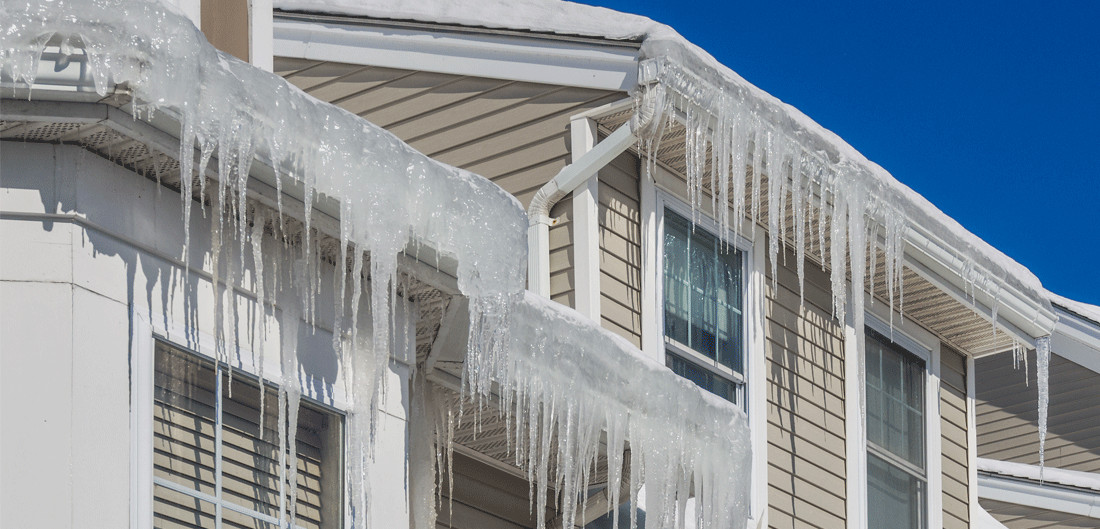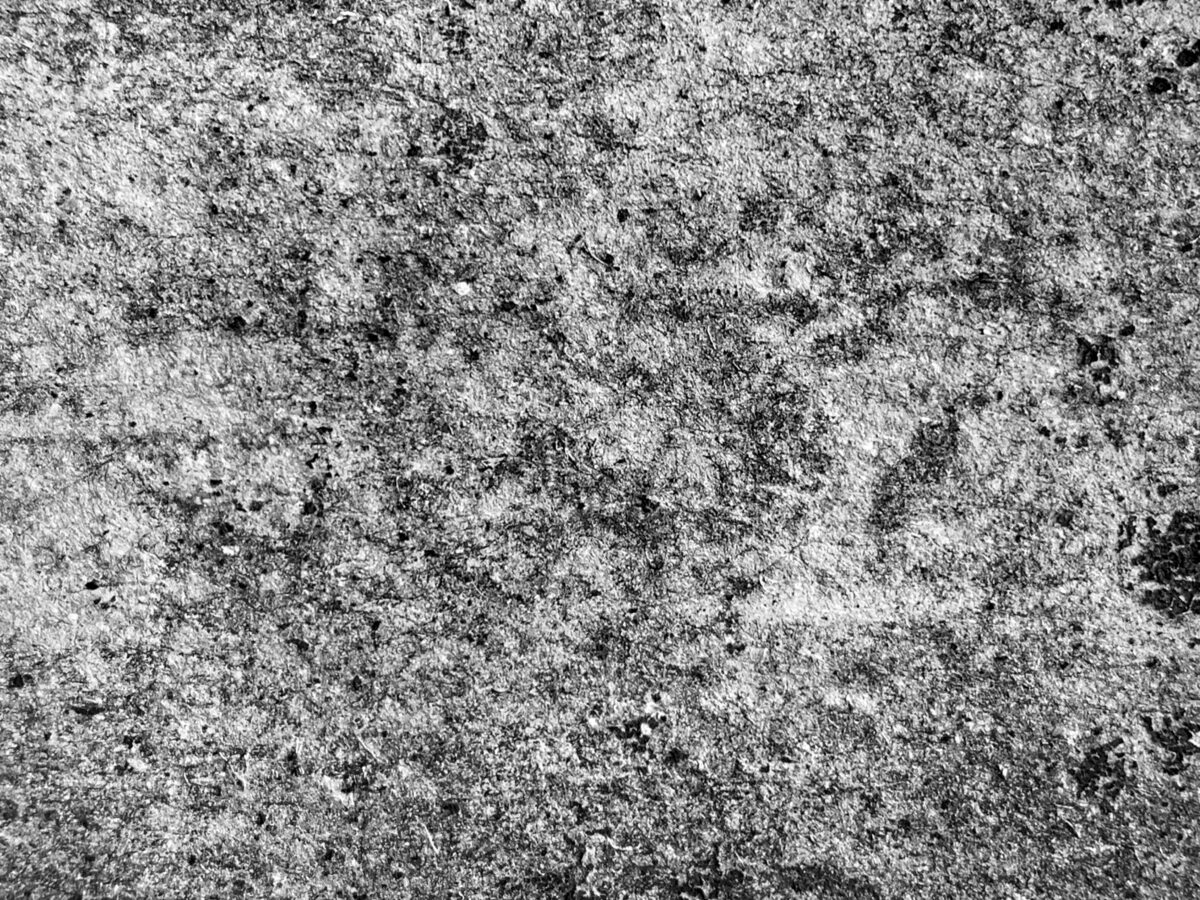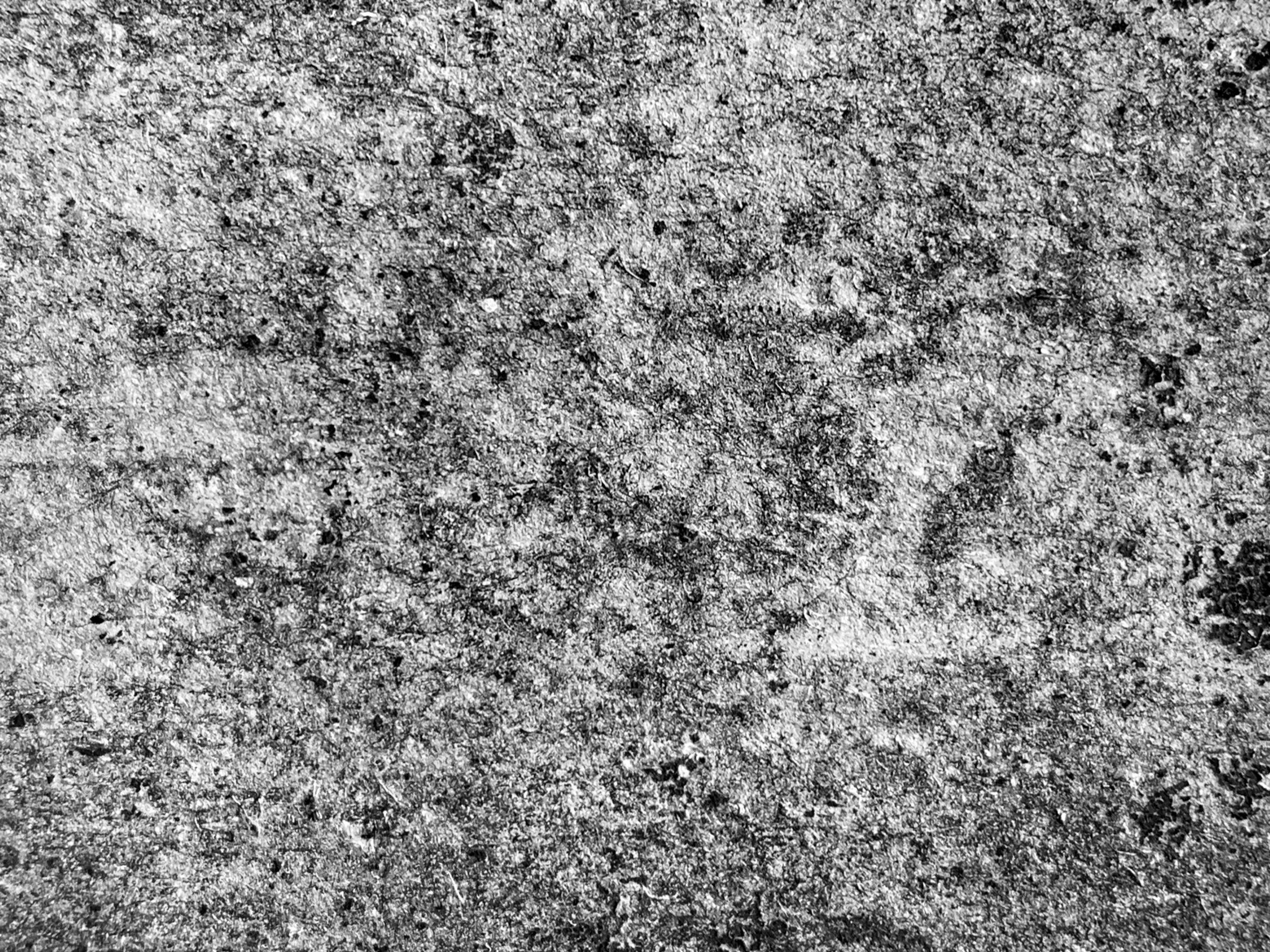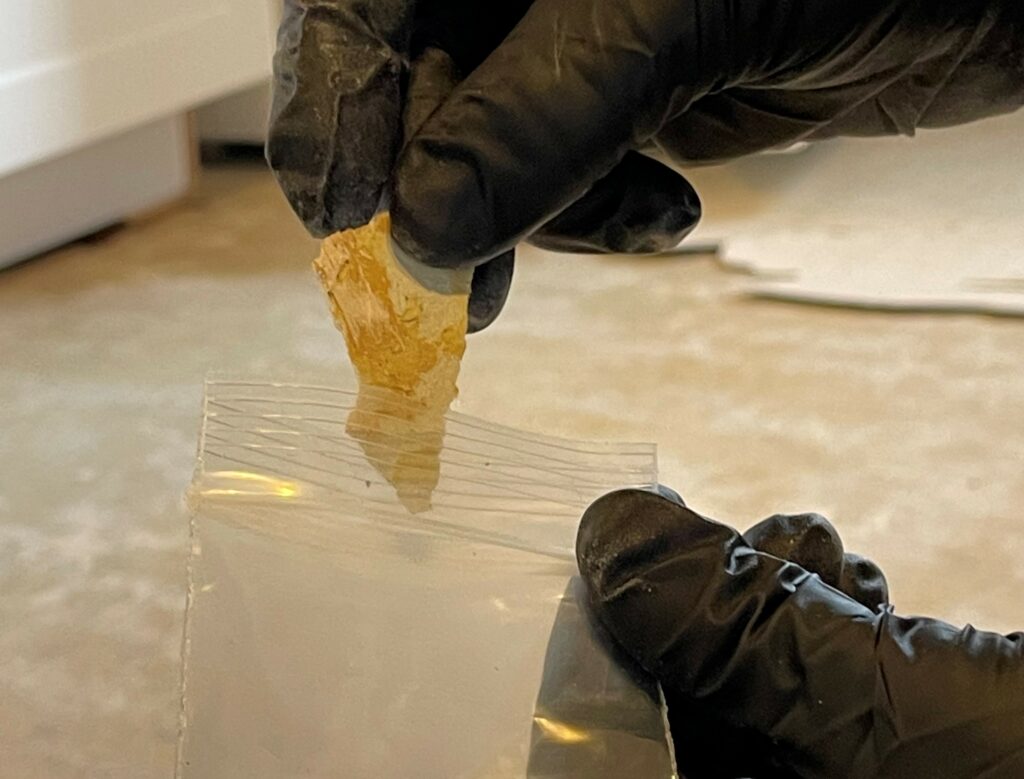
Before Buying a Property
You NEED a Building Inspection
Buying a property is one of the biggest investments you can make in your life. Whether it’s a home, an office, or a commercial space, you want to make sure you’re getting the best value for your money. That’s why you need a building inspection before you sign the deal.
A building inspection is a detailed examination of the physical condition and structural integrity of a property. It can reveal any hidden defects, damages, or hazards that could affect the safety, functionality, or value of the property. A building inspection can also help you negotiate a better price, avoid costly repairs, or plan for future maintenance.
But not all building inspections are created equal. You need a professional, qualified, and experienced inspector who can provide you with a comprehensive, accurate, and unbiased report. You need [Your Business Name].
At [Your Business Name], we have been providing high-quality building inspection services for over [number] years. We have the skills, knowledge, and tools to inspect any type of property, from residential to commercial, from new to old. We follow the industry standards and best practices to ensure you get the most reliable and informative report.
Our building inspection report includes:
- A summary of the main findings and recommendations
- A detailed description of the condition and defects of each component and system of the property, such as the roof, walls, floors, plumbing, electrical, heating, ventilation, etc.
- A rating of the severity and urgency of each defect, from minor to major, from cosmetic to structural
- A list of the estimated costs and timeframes for repairing or replacing each defect
- A collection of clear and high-resolution photos and videos to support the findings and recommendations
Our building inspection report is delivered to you within [number] hours of the inspection, in a digital or printed format, depending on your preference. You can also contact us anytime if you have any questions or concerns about the report or the property.
Don’t risk buying a property without a building inspection. Contact us today to schedule your inspection and get the peace of mind you deserve.








